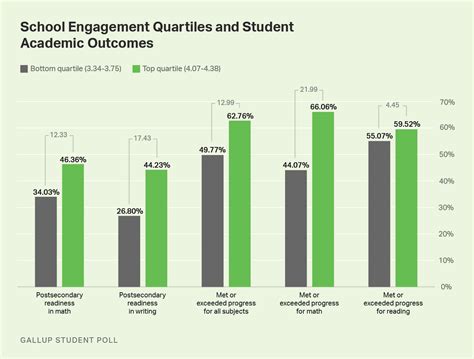Understanding the Issue
Class size plays a pivotal role in shaping educational outcomes for students. Georgia, like many states, faces the challenge of balancing the number of students in a classroom with the available resources and teacher capacity. This article delves into the current state of class size in Georgia, examining its impact on student learning and exploring potential solutions.

Current Status of Class Size in Georgia
According to the Georgia Department of Education, the average class size for public schools in the 2020-2021 school year was 24.4 students. However, this number varies significantly across school districts and grade levels. Some districts, particularly in rural areas, may have class sizes exceeding 30 students, while others, especially in urban areas, may have classes with fewer than 20 students.
Impact on Student Learning
Research has consistently demonstrated that smaller class sizes lead to improved student outcomes. Studies conducted by the National Bureau of Economic Research and the Organization for Economic Cooperation and Development (OECD) have shown that reducing class size by one student can increase student achievement by as much as 0.25 standard deviations on standardized tests.
Benefits of Smaller Class Sizes
Smaller class sizes offer several benefits for students, including:
- Increased teacher attention: Teachers can provide more individualized instruction and support to each student.
- Improved student engagement: Students are more likely to participate in class discussions and ask questions when the class size is smaller.
- Enhanced social-emotional development: Smaller classes foster a sense of community and allow students to develop stronger relationships with their peers and teachers.
- Reduced discipline problems: Smaller classes create a more positive and supportive learning environment, which can reduce the likelihood of disruptive behavior.
Challenges and Limitations
While smaller class sizes are generally beneficial, there are also some challenges and limitations to consider:
- Cost: Reducing class sizes requires additional resources, such as hiring more teachers and building new classrooms.
- Teacher availability: Georgia faces a shortage of qualified teachers, particularly in certain subject areas and geographic regions.
- Inflexibility: Once classes are established, it can be difficult to adjust the class size without disrupting the school schedule and student placements.
Potential Solutions
To address the challenges associated with class size, Georgia could explore the following solutions:
- Targeted class size reductions: Districts could focus on reducing class sizes in specific grade levels or subject areas where the need is greatest, such as early childhood education or mathematics.
- Innovative scheduling: Districts could consider using flexible scheduling models or blended learning approaches to accommodate smaller class sizes and maximize teacher availability.
- Teacher recruitment and retention: Georgia could implement programs to attract and retain high-quality teachers, particularly in areas with high teacher shortages.
- Collaboration: Districts could partner with local businesses and organizations to provide additional support and resources for students in larger classes.
Conclusion
Class size is a complex issue that requires careful consideration and collaborative solutions. By understanding the impact of class size on student learning, exploring potential solutions, and prioritizing evidence-based practices, Georgia can create a more equitable and effective learning environment for all students.
